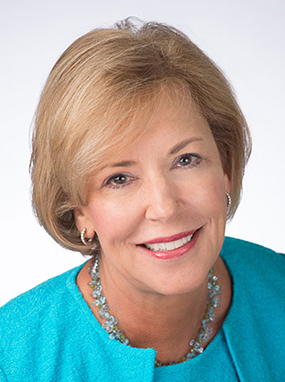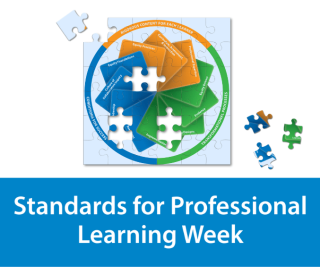It should be easy for states that have adopted Learning Forward’s Standards for Professional Learning to ensure that federal dollars used for professional development meet the new definition in the Every Student Succeeds Act (ESSA).
While both documents are presented differently, fundamentally they address the same points — and they should. The ESSA definition is the result of many years of many people’s efforts to transition the previous definition to one that aligned with the evidence on professional learning that affects educator and student practice.
A crosswalk demonstrating the alignment will assist states and districts to see the similarities and accelerate the application of both.
I call on all educators to use this crosswalk as a source of support in planning, designing, assessing, and advocating for the professional learning you need most to support the outcomes you must achieve on behalf of the students you serve.
| ESSA definition | Learning Forward’s Standards for Professional Learning | How they align |
| “PROFESSIONAL DEVELOPMENT— The term ‘professional development’ means activities that — | Professional learning that increases educator effectiveness and results for all students … | |
| “(A) are an integral part of school and local educational agency strategies | Leadership:… requires skillful leaders who develop capacity, advocate, and create support systems for professional learning. | Both establish that professional learning is a critical strategy in educational improvement and require leadership to create the systems essential to support it. |
| for providing educators (including teachers, principals, other school leaders, specialized instructional support personnel, paraprofessionals, and, as applicable, early childhood educators) | “Educator describes the members of the education workforce, those employed within schools and school systems and in other education agencies…” (Learning Forward, 2011). | Both identify “educator” broadly, including leaders and teachers. |
| with the knowledge and skills necessary to enable students to succeed in a well-rounded education and to meet the challenging State academic standards; and | Outcomes:… aligns its outcomes with educator performance and student curriculum standards. | The Outcomes standard specifically addresses student academic standards. |
| “(B) are sustained (not stand-alone, 1-day, or short term workshops), | Implementation:…applies research on change and sustains support for implementation of professional learning for long-term change. | Both call for sustained learning as necessary to achieve intended outcomes. |
| intensive, | Learning Designs:… integrates theories, research, and models of human learning to achieve its intended outcomes. | Effective learning designs assist educators in moving beyond comprehension of the surface features of a new idea or practice to developing a more complete understanding. |
| collaborative, | Learning Communities:… occurs within learning communities committed to continuous improvement, collective responsibility, and goal alignment.Learning Designs:… integrates theories, research, and models of human learning to achieve its intended outcomes. | The Learning Communities standard addresses the values, culture, and structures that enable collaboration. The Learning Designs standard is the application of collaborative learning. |
| job-embedded, | Resources:… requires prioritizing, monitoring, and coordinating resources for educator learning.Learning Designs: … integrates theories, research, and models of human learning to achieve its intended outcomes. | The Resources standard rationale specifies that “professional learning embedded into educators’ workdays increases the opportunity … and such job-embedded learning aligns the focus of adult learning to student needs” (Learning Forward, 2011, p. 33). Job-embedded is a learning design. |
| data-driven, | Data:… uses a variety of sources and types of student, educator, and system data to plan, assess, and evaluate professional learning. | Data is used to ensure educators meet performance standards and have the competencies to address student learning needs. Data drive and inform ongoing evaluation for improvement. |
| and classroom-focused, | Implementation:…applies research on change and sustains support for implementation of professional learning for long-term change.Learning Communities: … occurs within learning communities committed to continuous improvement, collective responsibility, and goal alignment. | The essential components of implementation –follow-up, coaching, practice, feedback, and reflection — must take place in the classroom. Learning communities focus on establishing the collective responsibility for student success. |
| andmay includeactivities that – “ | We recommend weighing the use of the optional activities that follow against these shared elements of the definition and Standards for Professional Learning. |
LEARN MORE:
- Learning Forward’s Standards for Professional Learning.
- Every Student Succeeds Act (ESSA) background and definition of professional learning.
This post originally appeared in Learning Forward’s PD Watch.









